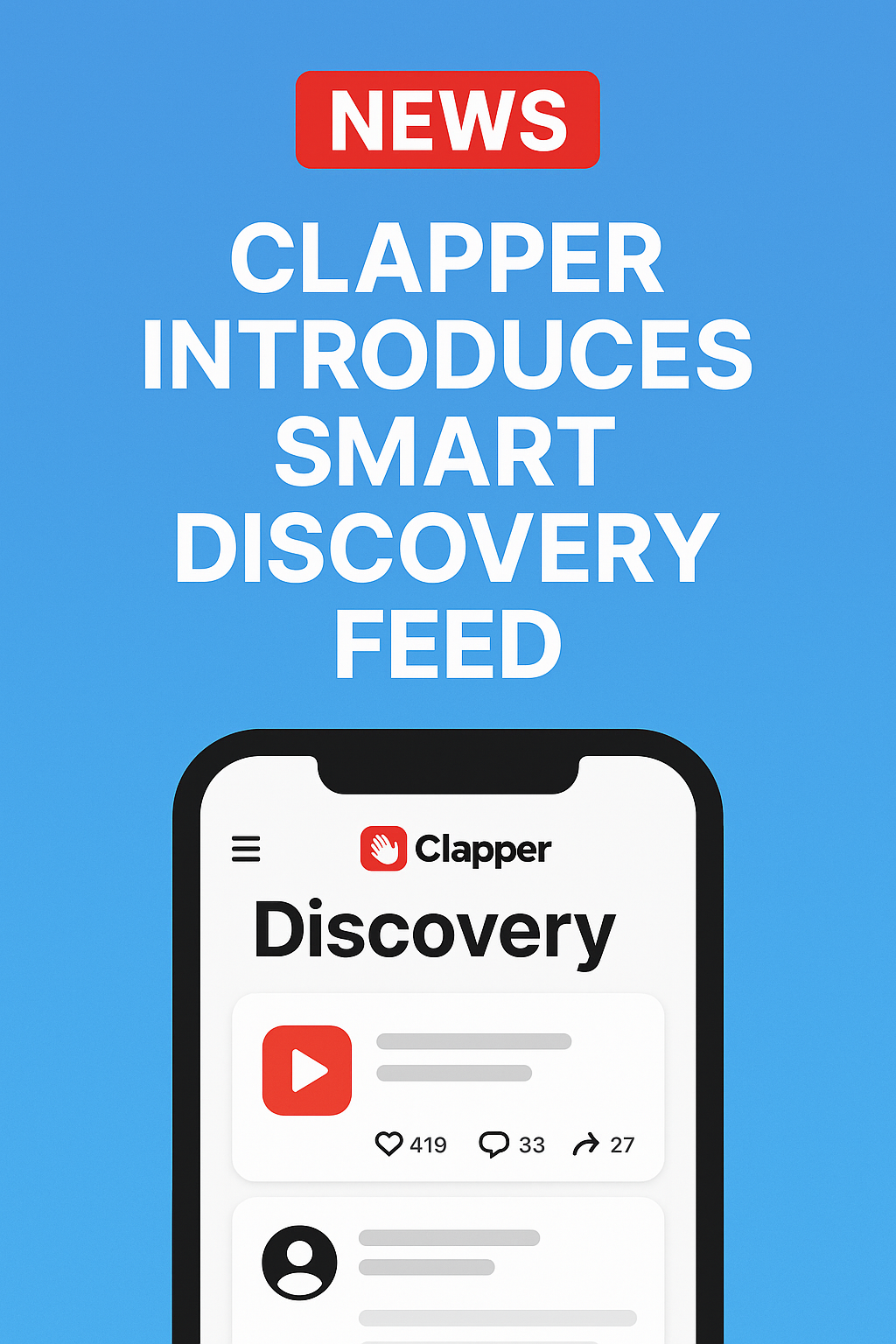

While Facebook’s Mark Zuckerberg had the honor of closing Web 2.0 Summit’s second day, Evan Williams, former CEO and now head of product at Twitter, just concluded the entire event in an on-stage conversation with John Battelle, founder of Federated Media Publishing.
Williams spared no time talking up Twitter’s current experiment in securing a monetization model, the Promoted Suite (Promoted Trends, Promoted Tweets and Promoted Users). He’s “pleasantly surprised” with the success of the suite. Promoted Trends, for example, increases engagement and conversation three to six times. But the Promoted Suite is hardly the end.
“There are a million ways to make money with Twitter,” he said.
Everyone else might be wondering how Twitter will make money, but none of its executives seem very concerned.
Battelle pressed Williams about strategic moves made by Twitter in the past year that put a lot of developers out of business. Twitter started out as a bare bones project with an open API, which at first appeared to be a rich niche for third-party entrepreneurs to build cool features on top of. That is, until Twitter decided to just implement those cool features itself. The luckiest ones, like Tweetie, got bought by Twitter and rebranded as an offical “Twitter” app. All the rest had to deal with the prospect of an inevitably unfruitful scenario like having an app on the App Store called “TweetDeck” competing with an official one called “Twitter.”
Zuckerberg yesterday said developers creating content, specifically, on the Facebook platform have little fear of being overtaken by official features. Williams had no analogous theme to offer.
“Are photos safe?” asked Battelle.
“I don’t know,” Williams replied. “We think we need to create a better photo experience, but we haven’t exactly determined what that is.”
Asked about a potential upcoming funding round led by Facebook, Groupon and Zynga investor DST, Williams was about as talkative as CEO Yuri Wilner was yesterday, but he did speak to Twitter’s current financial status:
“We have a lot of money in the bank.”
All the silence from Williams and Wilner seems very suspicious, but the truth is that no sources have confirmed any deal between the two.
When asked about Twitter’s upcoming new features or product launches, Williams’ hesitance again appeared to betray that something big could be on the way, but he didn’t reveal too much. He acknowledged what nearly everyone already knows–that there is too much noise on the site–and said that relevance is a “big theme” going forward.
“We never measure time spent on the site. We optimize for return on attention.”
Could Twitter be cooking up a brilliant algorithm for showing users the tweets most relevant to them? After all, Facebook already works behind the scenes to ensure that the News Feed only displays posts and photos from the most important friends. But, on the other hand, Twitter can’t so easily just snip posts from a user’s stream. It’s an interesting topic and one we’ll undoubtedly see Twitter address many times in the future.

















